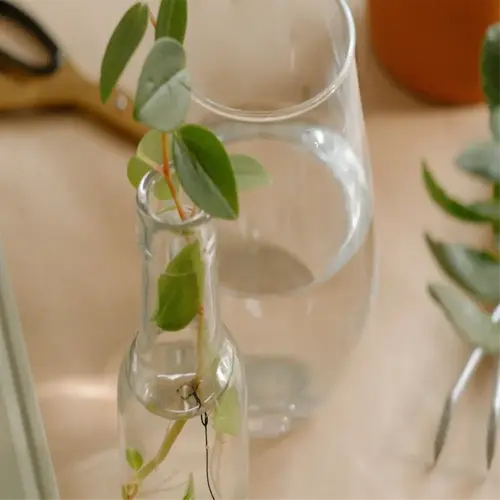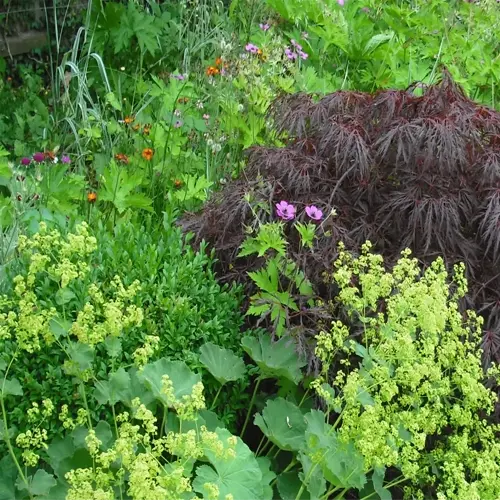Which flowers attract the most bees?

Written by
Nguyen Minh
Reviewed by
Prof. Samuel Fitzgerald, Ph.D.Bees' favorite flowers will always flourish when chosen intentionally. For example, purple coneflower and goldenrod are worth noting because they surpass hybrid variants in terms of nectar production and pollen quality. They evolved alongside native pollinators, and have developed ideal flower shapes to suit bees' tongue lengths. Ingenious strategic planting can rapidly transform gardens into powerful fueling stations that support entire colonies for multiple weeks, no matter how small the garden's footprint is.
UV Pattern Recognition
- Bees see ultraviolet markings invisible to humans
- Black-eyed Susans display UV bullseyes guiding nectar access
- Hybrid blooms often lack these critical visual cues
Seasonal Bloom Cycles
- Early spring crocus feeds emerging queen bees
- Mid-summer sunflowers sustain honey production peaks
- Fall asters prepare colonies for winter survival
Soil preparation plays an important role in determining the success of flowers. Native plants to a specific pH range of soils, for example, goldenrod prefers 6.0 to 7.0 pH. Use a soil test kit (available at a reasonable cost!) annually to monitor soil status. Amend soil with compost to aid in both nutrient retention and drainage. Avoid synthetic fertilizers as they disrupt microbial networks that support root health.
Pollinator ecosystems are protected through maintenance practices. For example, a deadhead blooms at least once a week while it is actively flowering to prolong blooming time. During fall, leave seed heads intact, allowing pollinators the opportunity for nutrition in winter. Also, create a brush pile made from your trimmed-down stems to provide shelter for overwintering species. In controlled trials, these types of microhabitats have been shown to increase native bee diversity by 40%.
Read the full article: Top 10 Flowers for Bees: A Gardener's Essential Guide

